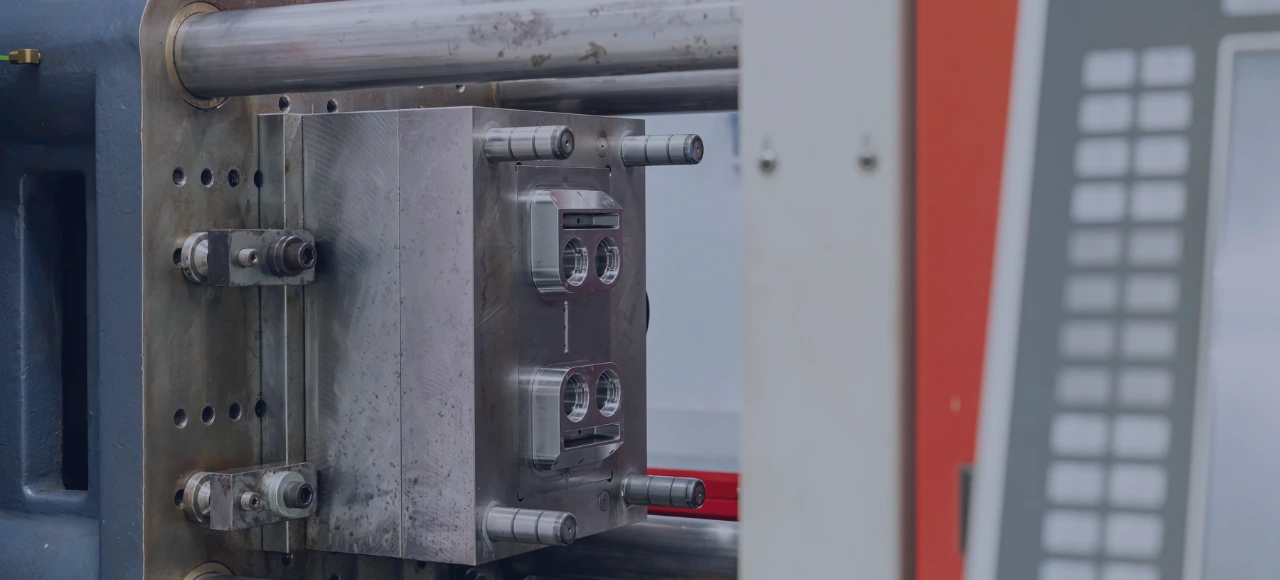The age-old art of foundry work has undergone a metamorphosis, propelled by technological advancements and innovative methodologies. Modern foundry techniques stand as a testament to precision, efficiency, and sustainability, reshaping the manufacturing arena.
Evolution of Foundry Techniques
1. Traditional Foundry Practices vs. Modern Innovations:
- Traditional Methods: Sand casting, investment casting, and die casting have evolved into more refined and sophisticated processes.
- Technological Integration: Robotics, automation, and computer-aided design (CAD) have revolutionized casting methodologies.
2. From Artisan Craft to High-Precision Manufacturing:
- Precision Engineering: Advances in precision casting enable intricate designs and close tolerances, crucial in aerospace and automotive industries.
- 3D Printing and Additive Manufacturing: Integration of 3D printing technologies for pattern creation enhances rapid prototyping and customization.
Precision and Quality Assurance
1. Non-Destructive Testing (NDT):
- X-ray and Ultrasonic Testing: Ensures integrity and quality without compromising the cast component’s structure.
- Real-time Monitoring: Sensors and data analytics for real-time quality control, minimizing defects and enhancing efficiency.
2. Simulation and Modeling:
- Finite Element Analysis (FEA): Predictive modeling ensures optimal designs, reducing flaws and material wastage.
- Flow Simulation: Fluid dynamics simulations optimize metal flow during casting, improving quality.
Evolving Foundry Techniques: A Detailed Exploration
1. Traditional to Modern: A Metamorphosis in Casting Methods
a. Sophistication in Sand Casting:
- Binder Systems: Advanced binders and additives in sand casting enhance mold strength and reduce defects.
- 3D Sand Printing: Revolutionary method enabling the creation of intricate sand molds with minimal material waste.
b. Investment Casting’s Precision Leap:
- Wax Patterns and Automation: Precision in investment casting foundries amplified by automated wax pattern assembly and control.
- Ceramic Shell Systems: Advanced ceramic shell materials for high-temperature applications, ensuring intricate detail retention.
c. Die Casting’s Technological Leapfrog:
- High-Pressure Die Casting (HPDC): Integration of robotics and IoT for real-time monitoring and control in die casting processes.
- Vacuum Die Casting: Enhanced quality and reduced porosity achieved through vacuum-assisted die casting.
2. Foundry Materials and Alloys: Precision Meets Ingenuity
a. Specialized Alloys’ Revolution:
- Advanced Alloy Design: Tailoring alloys for specific properties like corrosion resistance, strength, and thermal conductivity.
- Nanostructured Alloys: Innovations in nanostructured alloys for heightened mechanical properties and enhanced performance.
b. Composite Materials’ Rise:
- Fiber-Reinforced Composites: Adoption of carbon or glass fiber reinforcements in metal matrix composites for superior strength.
- Metal Matrix Composites (MMC): Lightweight materials offering high performance in aerospace and automotive applications.
3. Quality Assurance in Precision Casting: Pushing Boundaries
a. Real-time Inspection and Testing:
- Automated Inspection Systems: Integration of AI-driven systems for automated defect recognition and sorting.
- In-line X-ray and Ultrasonic Testing: Real-time testing ensuring component integrity before finalizing casting.
b. Simulations and Modeling for Accuracy:
- Advanced FEA Applications: Optimizing designs virtually to predict stress, fatigue, and thermal behavior for flaw reduction.
- Computational Fluid Dynamics (CFD): Simulating metal flow during casting to minimize defects and improve casting quality.
4. Sustainability in Foundry Practices: A Green Revolution
a. Eco-Friendly Material Choices:
- Biodegradable Binders: Development and adoption of eco-friendly binders reducing environmental impact.
- Recyclable Sand Systems: Circular economy integration through sand reclamation and reuse strategies.
b. Energy-Efficient Foundries:
- Energy Recovery Systems: Implementing systems that recover and reuse heat energy for sustainable operations.
- Carbon Footprint Reduction: Embracing renewable energy sources and optimized processes to minimize environmental impact.
5. Applications and Industry Significance: Precision Redefined
a. Automotive and Aerospace Domains:
- Complex Geometries: Modern casting facilitating intricate engine parts, turbine blades, and structural components.
- Lightweight Solutions: Alloys and composites enabling lightweight designs for fuel efficiency and improved performance.
b. Engineering and Industrial Machinery:
- Customized Components: Tailored castings enhancing performance and longevity of specialized machinery.
- Maintenance Optimization: Precision casting enabling predictive maintenance through component quality assurance.
6. Future Trajectory and Innovations: Charting New Frontiers
a. Digital Revolution in Foundry Practices:
- Augmented Reality (AR) Integration: AR systems aiding in worker training and complex assembly processes.
- Predictive Analytics: Leveraging big data and analytics for predictive maintenance and process optimization.
b. Materials Science Pioneering:
- Self-Healing Materials: Research into materials with self-repairing capabilities for enhanced durability.
- Sustainable Material Synthesis: Pioneering eco-friendly alloys and composites for a greener manufacturing landscape.
Gravity Sand Casting
Overview:
Gravity sand casting, a traditional casting method, relies on gravity to fill molds with molten metal.
Process:
- Pattern Creation: A pattern or model of the desired component is crafted.
- Mold Preparation: The pattern is placed within a flask, and sand is packed around it, forming the mold cavity.
- Metal Pouring: Molten metal is poured into the mold from above, using gravity to fill the cavity.
- Cooling and Solidification: The metal cools and solidifies within the mold.
- Mold Breakout: Once cooled, the mold is broken away to reveal the finished casting.
Advantages:
- Simple and cost-effective.
- Suitable for various metals and alloys.
- Works well for large and simple shapes.
Limitations:
- Limited to simpler designs.
- Potential for defects due to uneven metal flow.
Vacuum Sand Casting
Overview:
Vacuum sand casting, an advanced technique, uses a vacuum to remove air and gases from the mold cavity before metal pouring, improving casting quality.
Process:
- Mold Creation: The mold is prepared similar to traditional methods but with provisions for vacuum sealing.
- Vacuum Application: A vacuum is applied to the mold cavity before or during metal pouring, removing air and gases.
- Metal Pouring: Molten metal is introduced into the vacuum-sealed mold.
- Solidification: The metal cools and solidifies within the mold.
- Mold Breakout: Once cooled, the mold is broken away to reveal the finished casting.
Advantages:
- Reduced porosity and defects due to improved air removal.
- High-quality surface finish.
- Suitable for intricate designs.
Limitations:
- More complex setup and equipment required.
- Higher initial investment compared to traditional methods.
Final Words
The evolution of modern foundry techniques epitomizes a synergy between craftsmanship and cutting-edge technology. From precision engineering to sustainable practices, these techniques redefine manufacturing standards, shaping a future where innovation and efficiency intertwine seamlessly.
In a landscape driven by constant innovation, the journey of modern foundry techniques continues, promising an era where precision, sustainability, and technological prowess converge to redefine the very fabric of manufacturing.




FAQs
Modern techniques leverage advanced technology, automation, and precision engineering to achieve intricate designs and high-quality castings compared to conventional methods.
Advanced alloys and composites tailored for specific properties, such as light weighting, corrosion resistance, and high strength, significantly enhance component performance.
Simulations, like Finite Element Analysis (FEA) and Computational Fluid Dynamics (CFD), aid in predicting and optimizing designs, reducing flaws and improving casting quality.
Eco-friendly materials, energy-efficient practices, and recycling initiatives, such as sand reclamation and biodegradable binders, contribute to reducing environmental impact.
Yes, modern techniques offer scalability and flexibility, catering to both small-scale and large-scale manufacturing requirements while maintaining precision and quality.







